Function introduction of frequency conversion ultrasonic cleaning machine
Browse Volume:870 Classify:Support
When we wash a lot of things, they seem to be clean, but they are not. So now we have a frequency conversion ultrasonic cleaner, which can clean many things that we can’t clean. Today, we will introduce the functions of the frequency conversion ultrasonic cleaner.
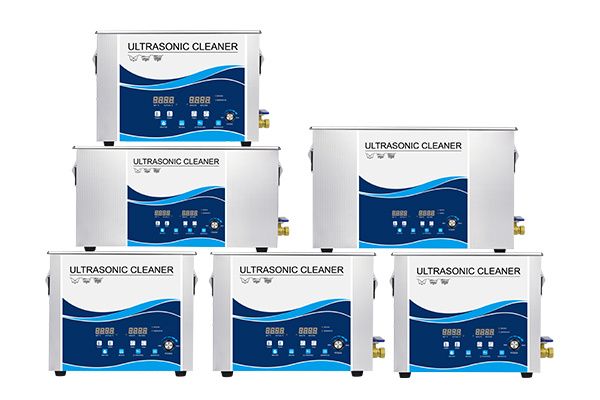
Ultrasonic cleaning machine-frequency conversion
Frequency conversion ultrasonic cleaning machine – cleaning after grinding
Grinding is an important process in optical glass production, which determines its processing efficiency and surface quality (appearance and precision). The main pollutants in the grinding process are grinding powder and asphalt, and a few enterprises will have paint chips in the processing process. Among them, the types of grinding powder are different, generally alkali metal oxides mainly composed of cerium dioxide. Different types of grinding powder are selected according to the different materials and grinding precision of lenses. The asphalt used in the grinding process plays a protective role to prevent the polished mirror surface from being scratched or corroded. Cleaning equipment after grinding can be roughly divided into two types: one mainly uses organic solvent cleaning agent, and the other mainly uses semi water-based cleaning agent.
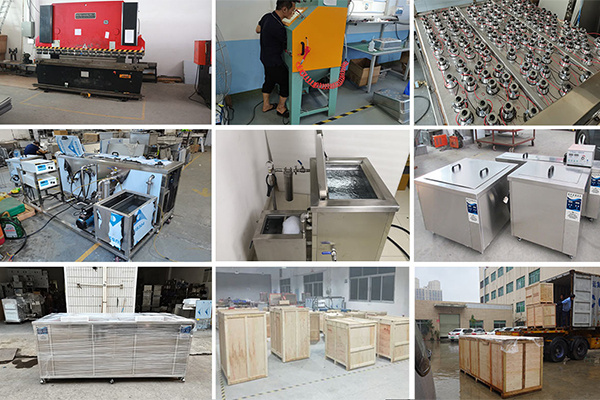
Installation operation
Frequency conversion ultrasonic cleaning machine – semi water-based cleaning
The biggest difference between this cleaning process and solvent cleaning is that the first two cleaning units: organic solvent cleaning only has a good cleaning effect on asphalt or paint chips, but can not clean inorganic substances such as grinding powder; Semi water-based cleaning agent is different. It can not only clean organic pollutants such as asphalt, but also clean inorganic substances such as grinding powder, which greatly reduces the cleaning pressure of water-based cleaning agent in subsequent cleaning units. Semi water-based cleaning agent is characterized by slow volatilization and low odor. Equipment cleaned with semi water-based cleaning agent does not need to be sealed in the first cleaning unit. However, since the viscosity of semi water-based cleaning agent is relatively high and it can emulsify water-based cleaning agent used in subsequent processes, the second unit must be rinsed with commercial water, and it is better to set it as flowing water rinsing.
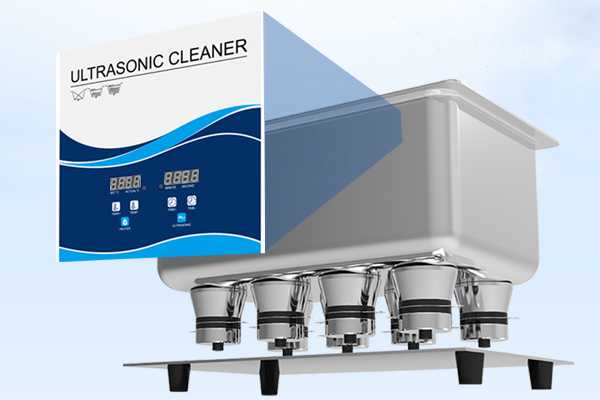
Cleaning machine composition
Frequency conversion ultrasonic cleaner – cleaning after coating
Generally, it includes cleaning before inking, cleaning before jointing and cleaning before assembling, among which, cleaning before jointing (jointing refers to the process of bonding two lenses with photosensitive adhesive into a specified shape to meet the requirements that cannot be processed and formed at one time, or to produce a relatively special curvature and transmittance) is the most strict. The pollutants to be cleaned before jointing are mainly the mixture of dust, fingerprints, etc. It is not difficult to clean, but there are very high requirements for the cleanliness of the lens surface. The cleaning method is the same as the previous two cleaning processes.
The above is the function of the frequency conversion ultrasonic cleaning machine introduced to you. Many friends may not know the function of the frequency conversion ultrasonic cleaning machine so well. After reading the introduction, do you have a further understanding of the frequency conversion ultrasonic cleaning machine! I hope the introduction can help you understand the frequency conversion ultrasonic cleaning machine. For more information, see Granbosonic.
 GranboSonic
GranboSonic





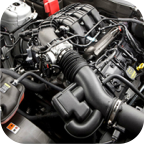



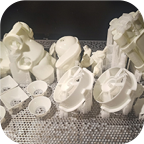

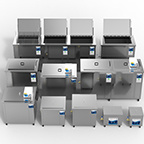




Hello!